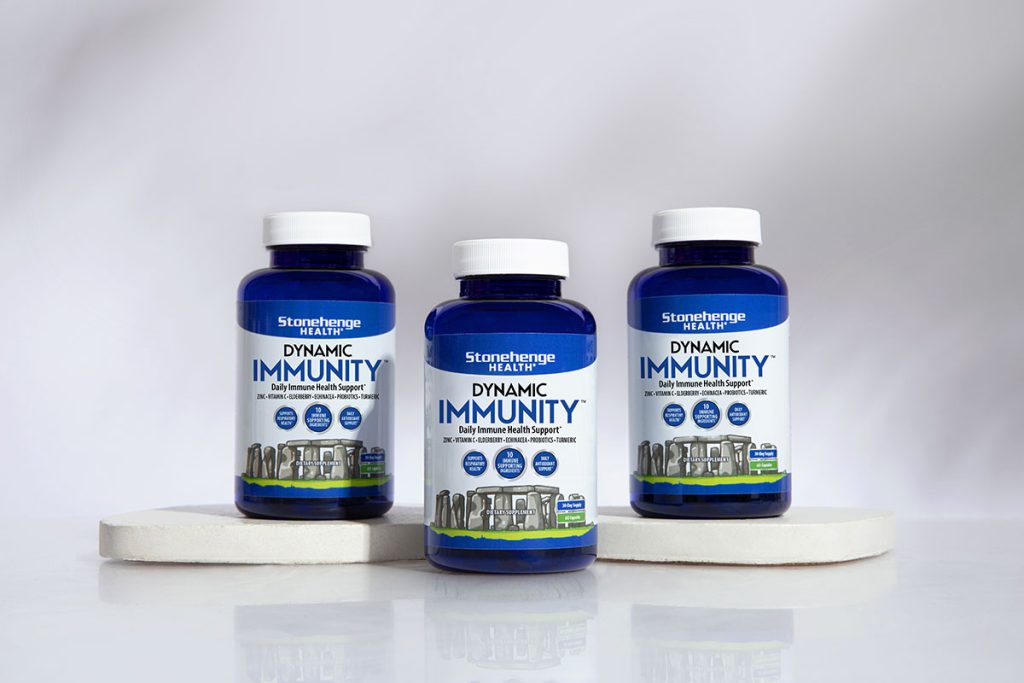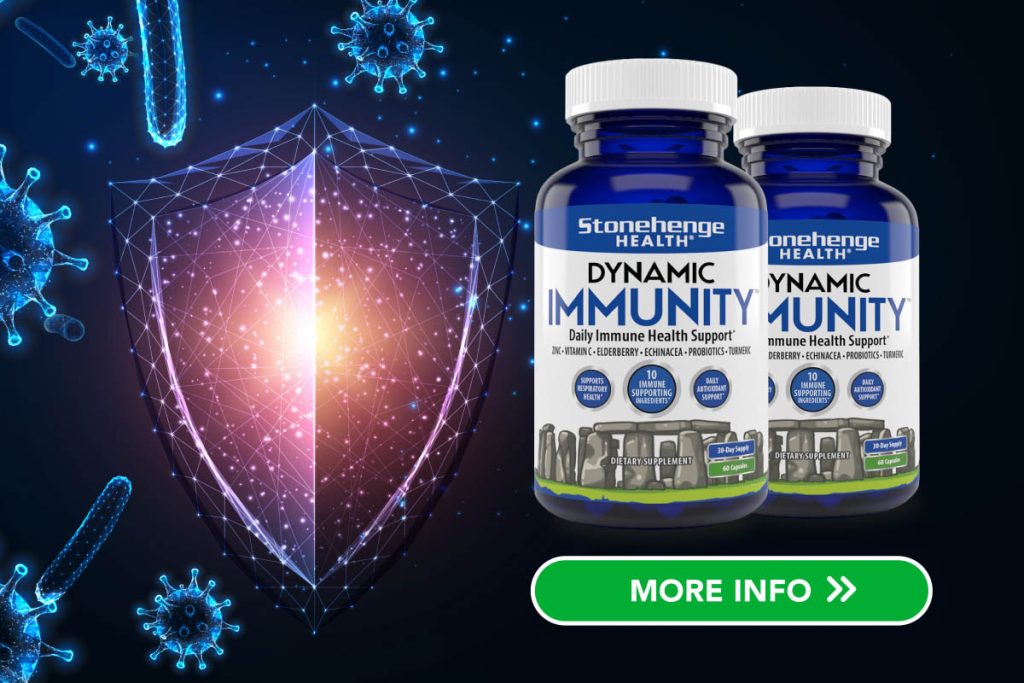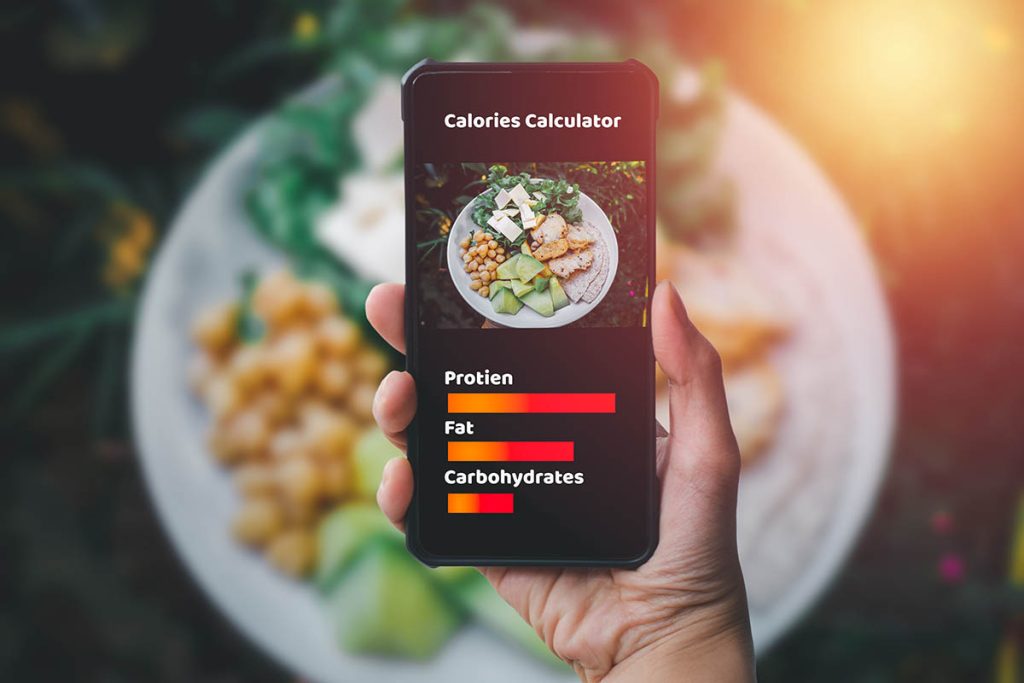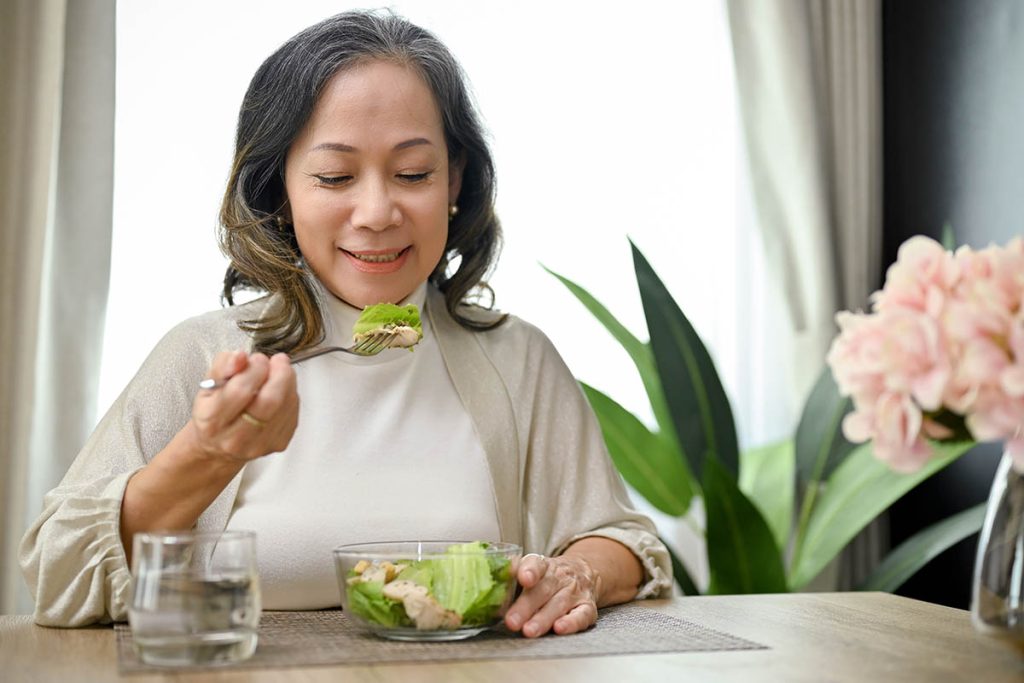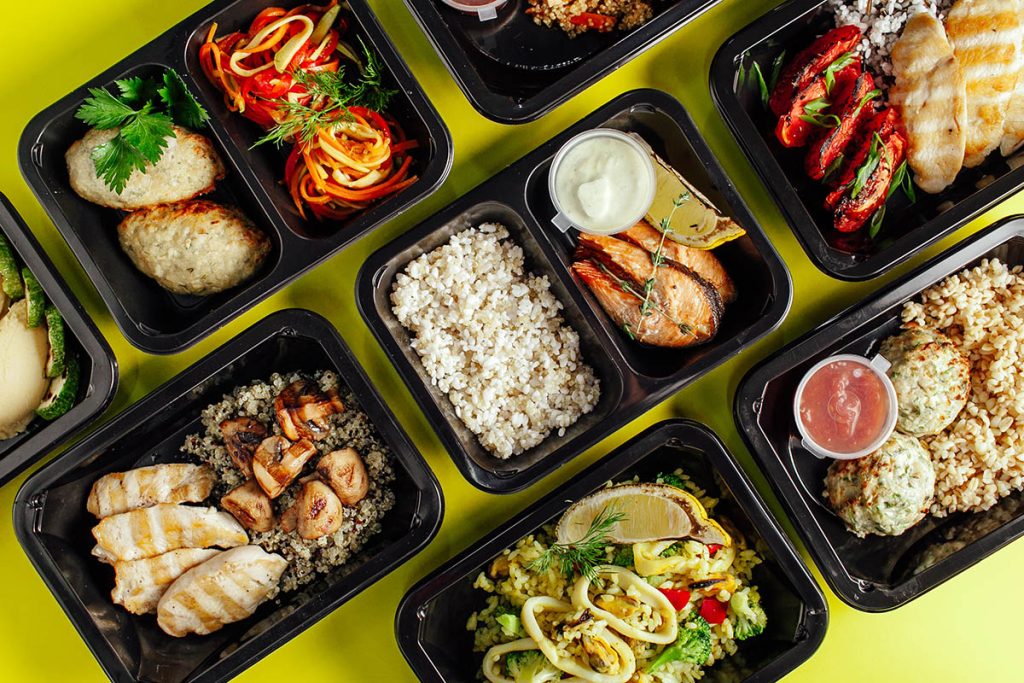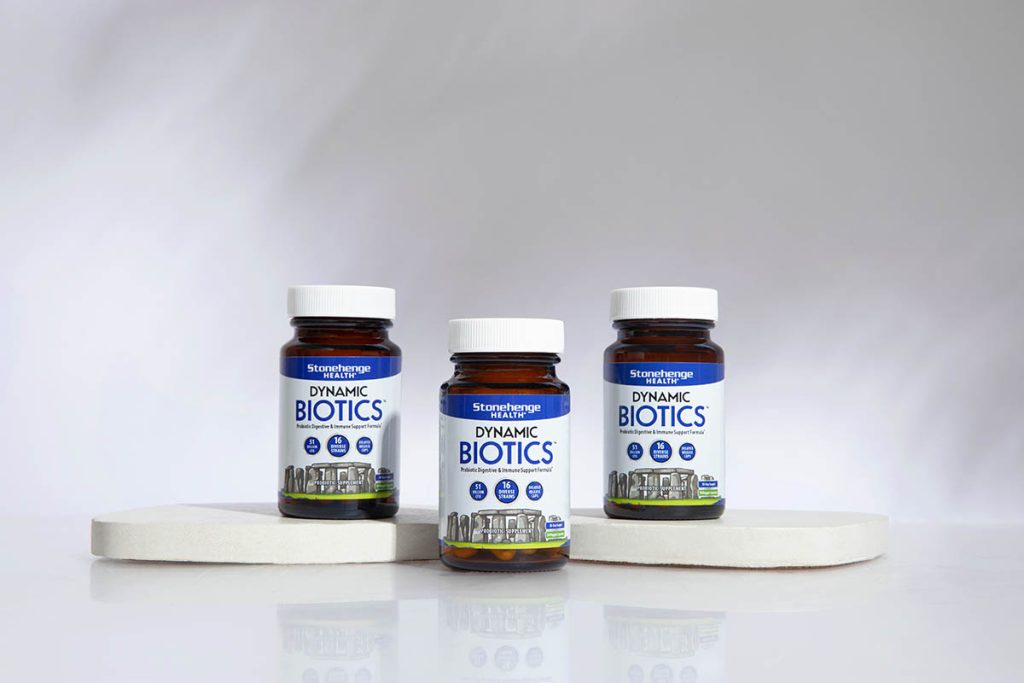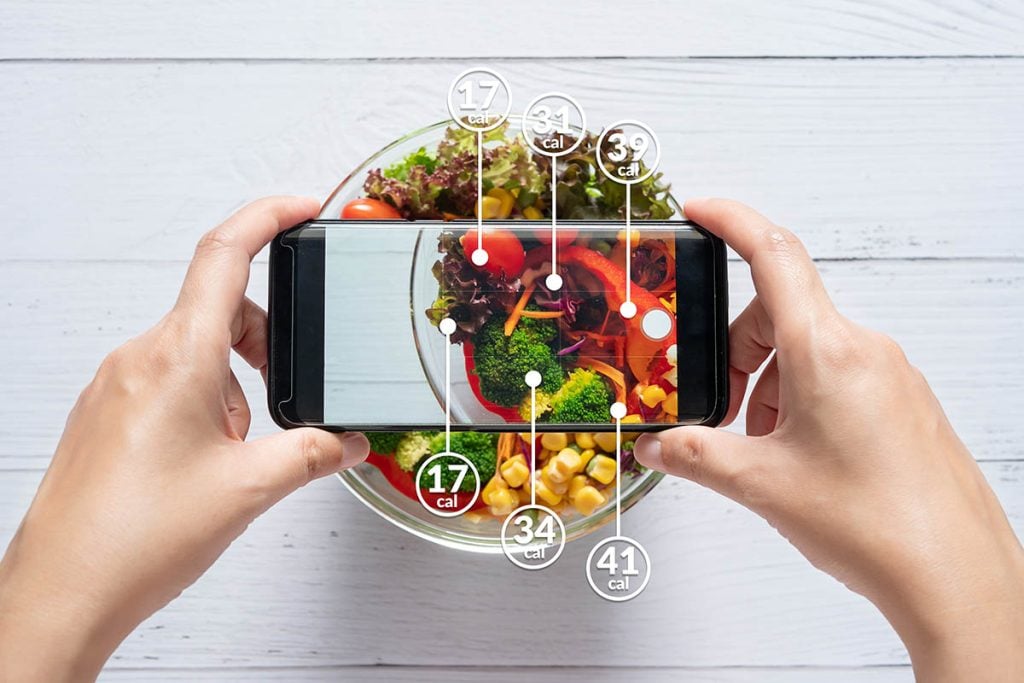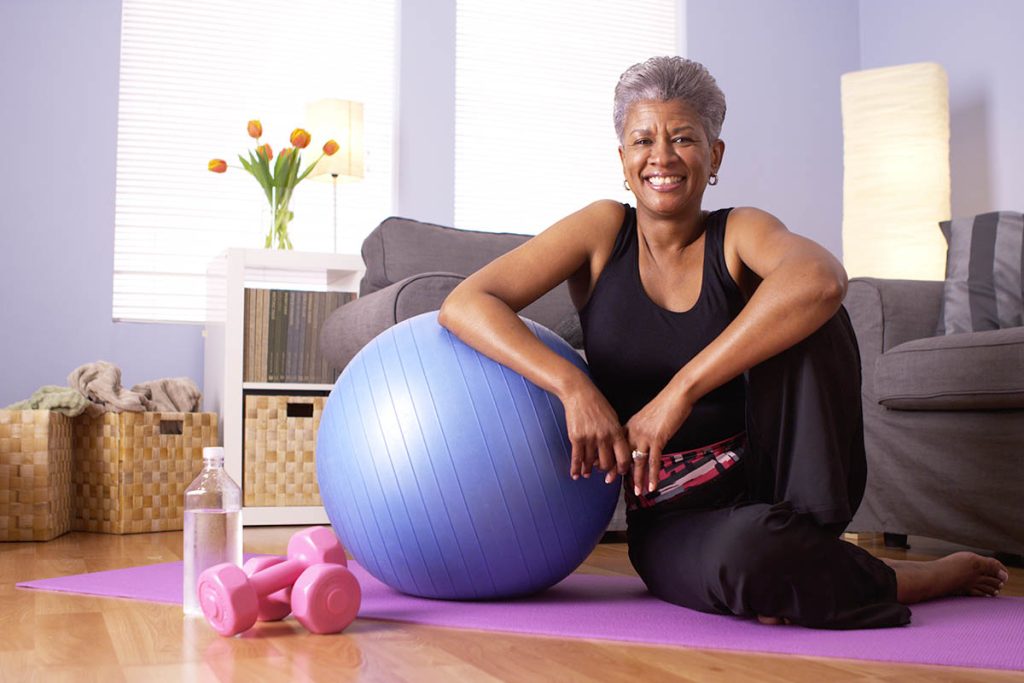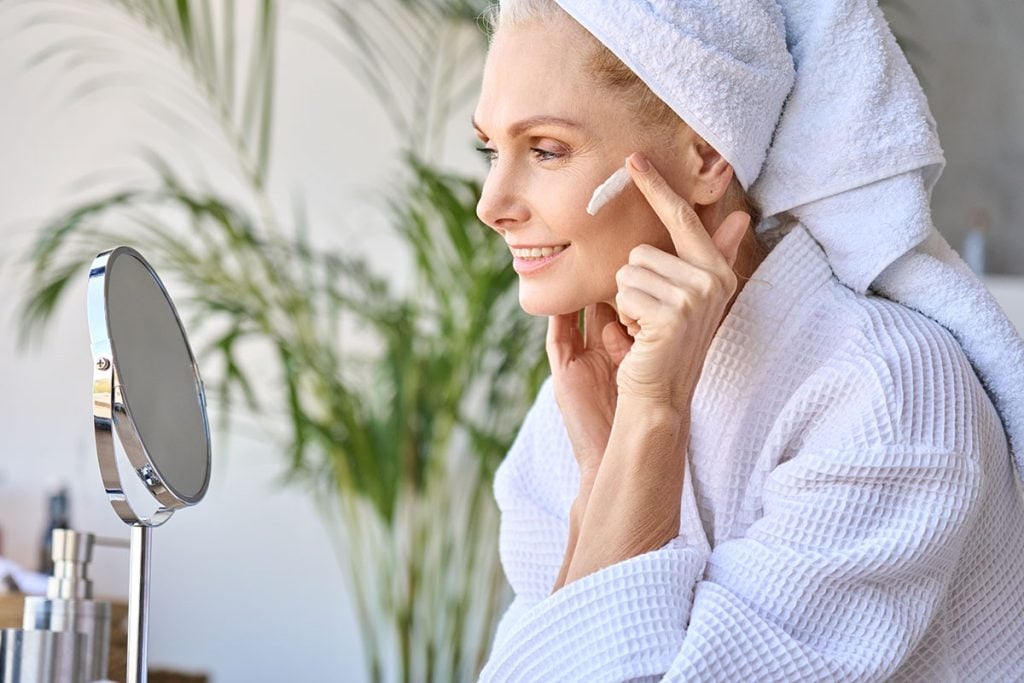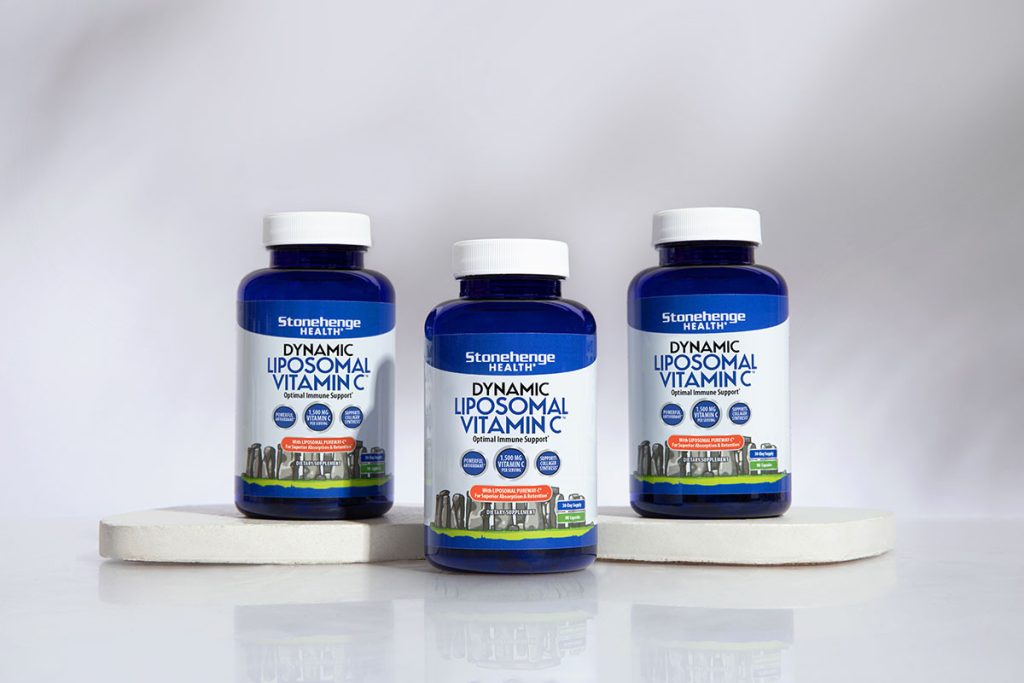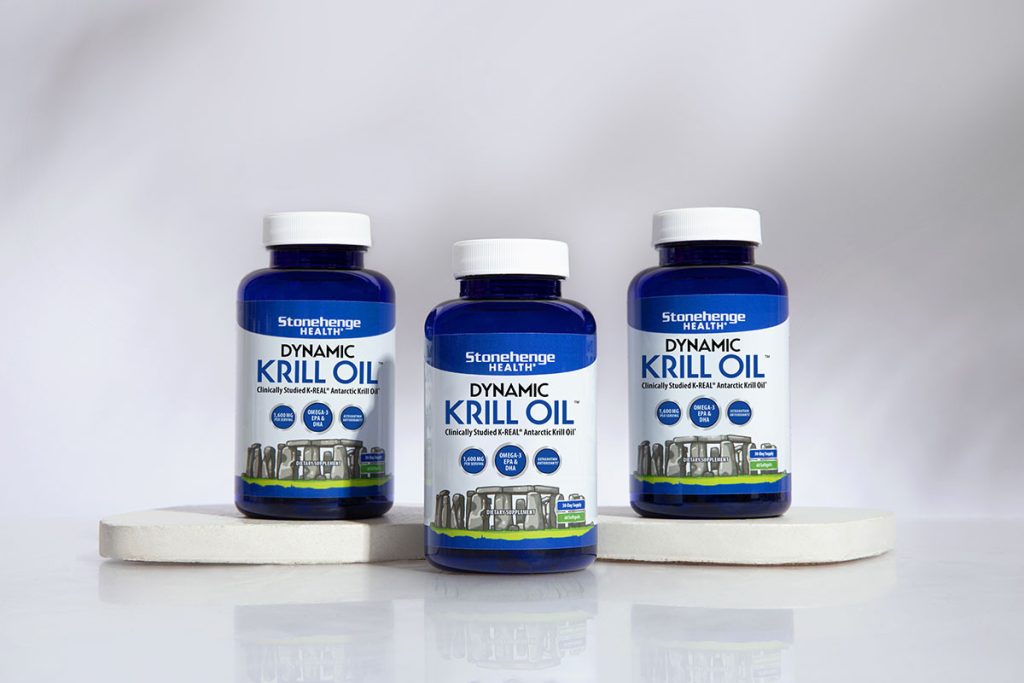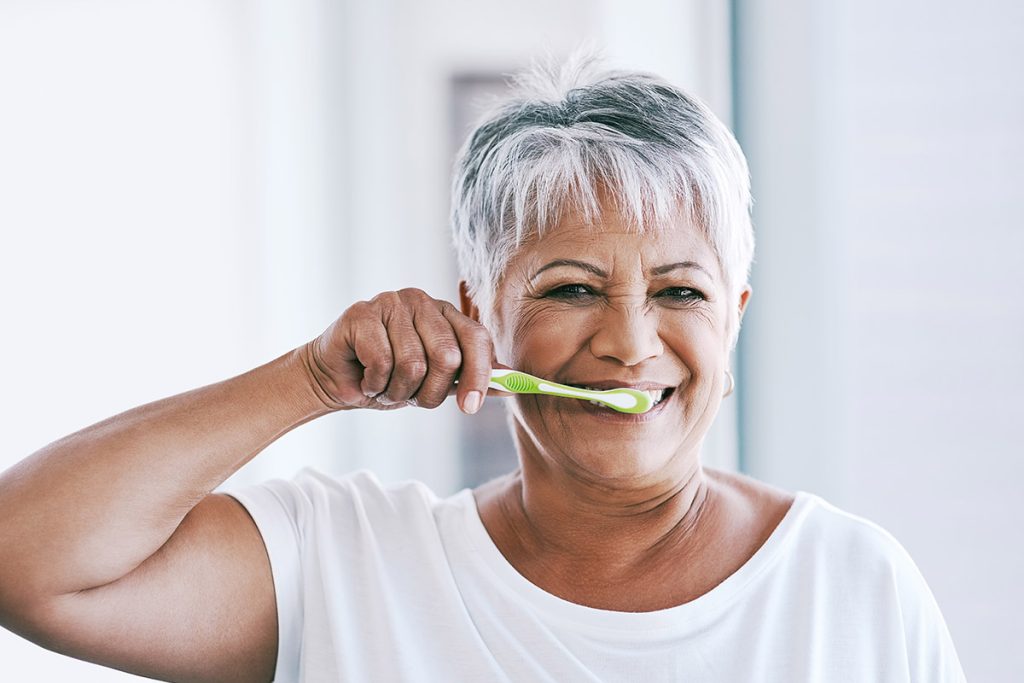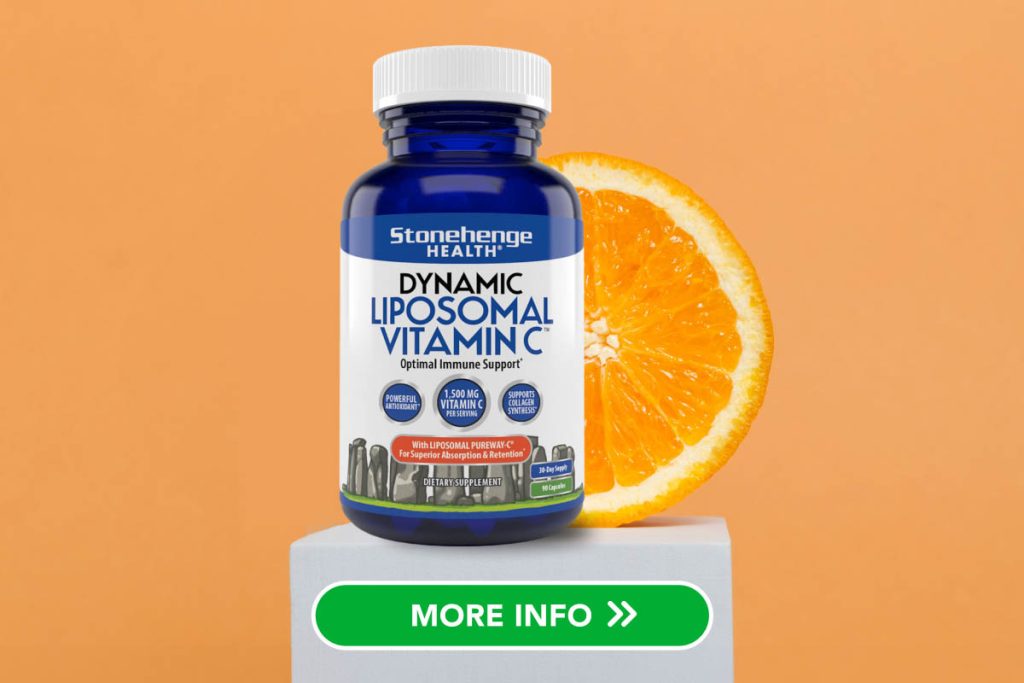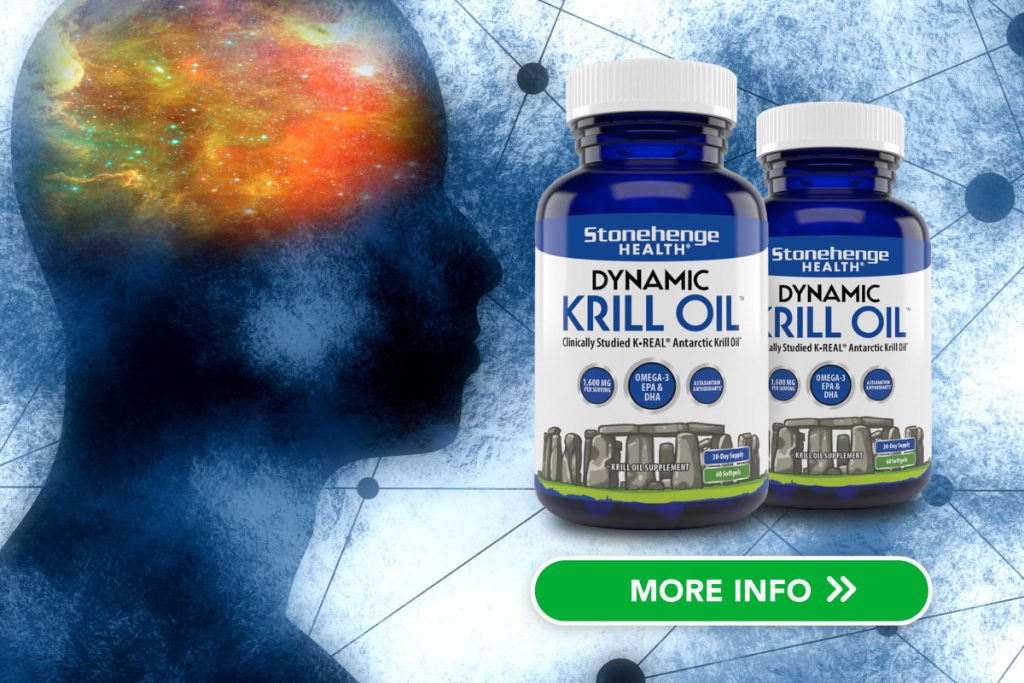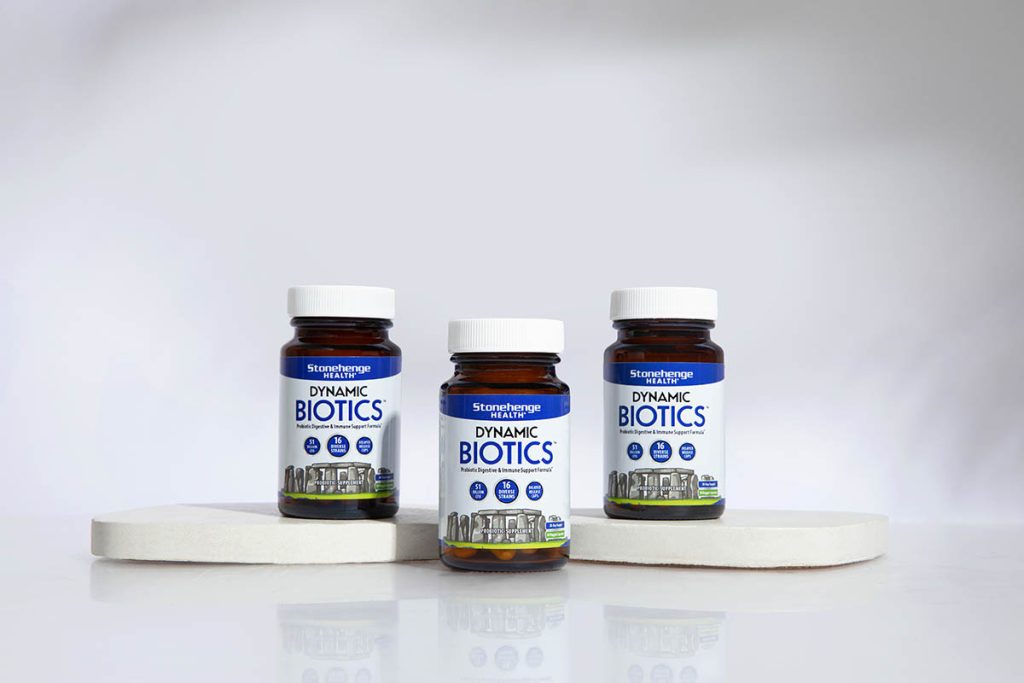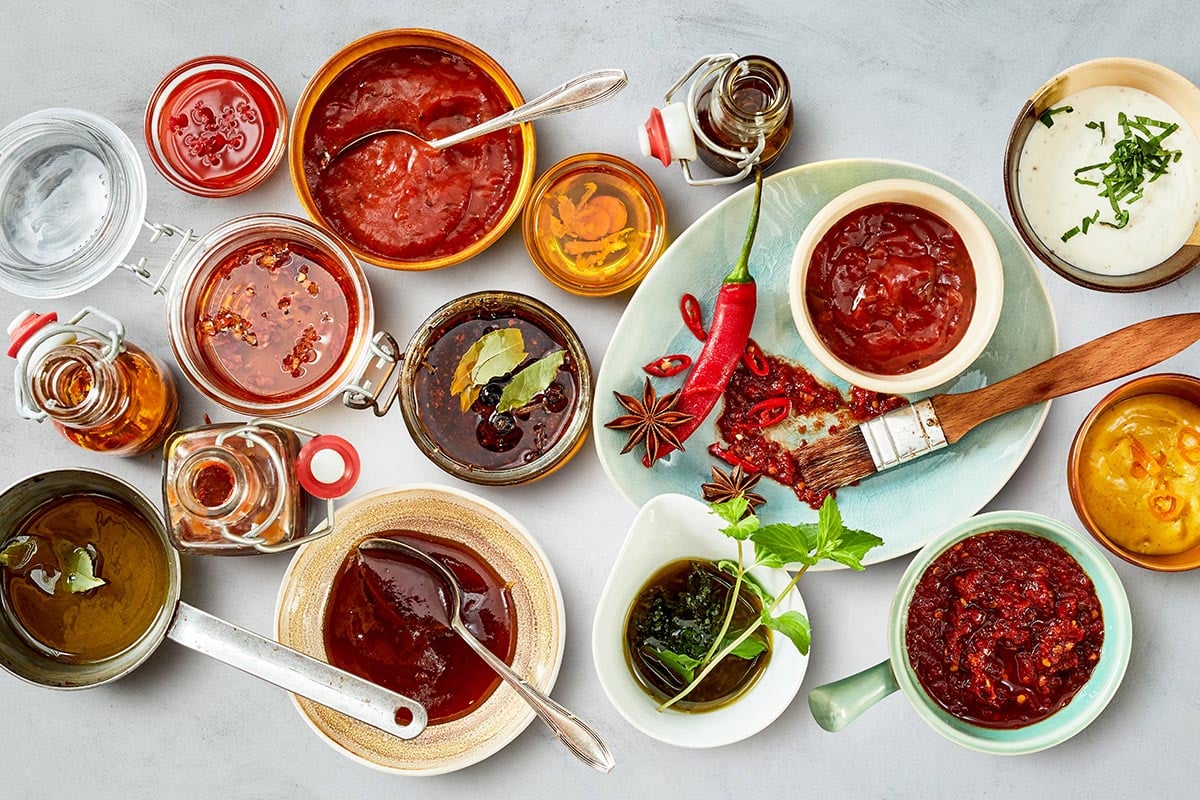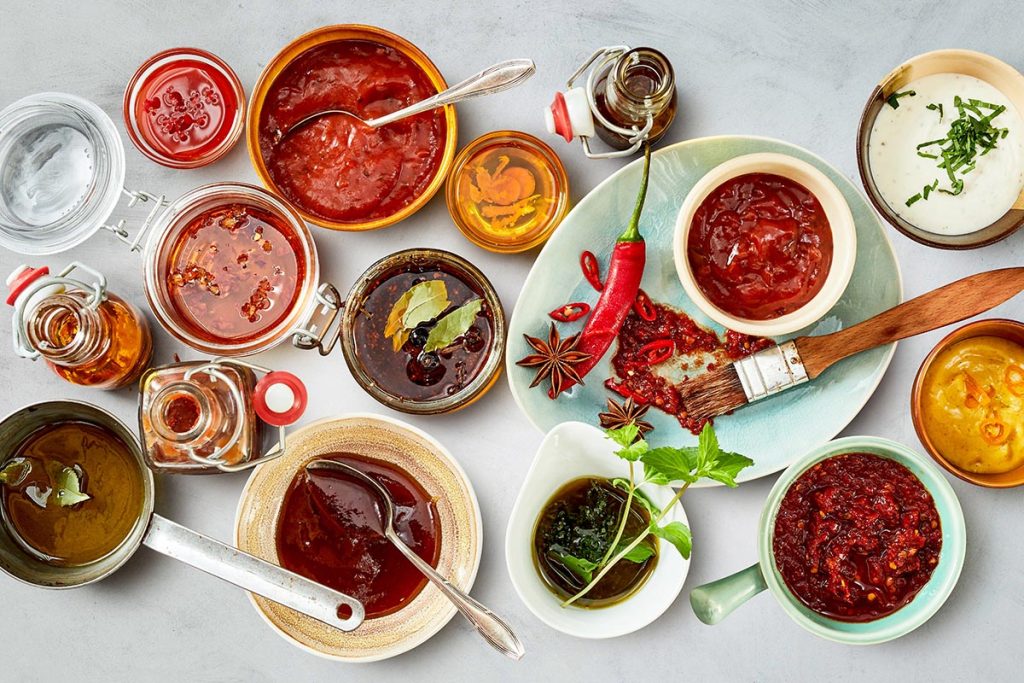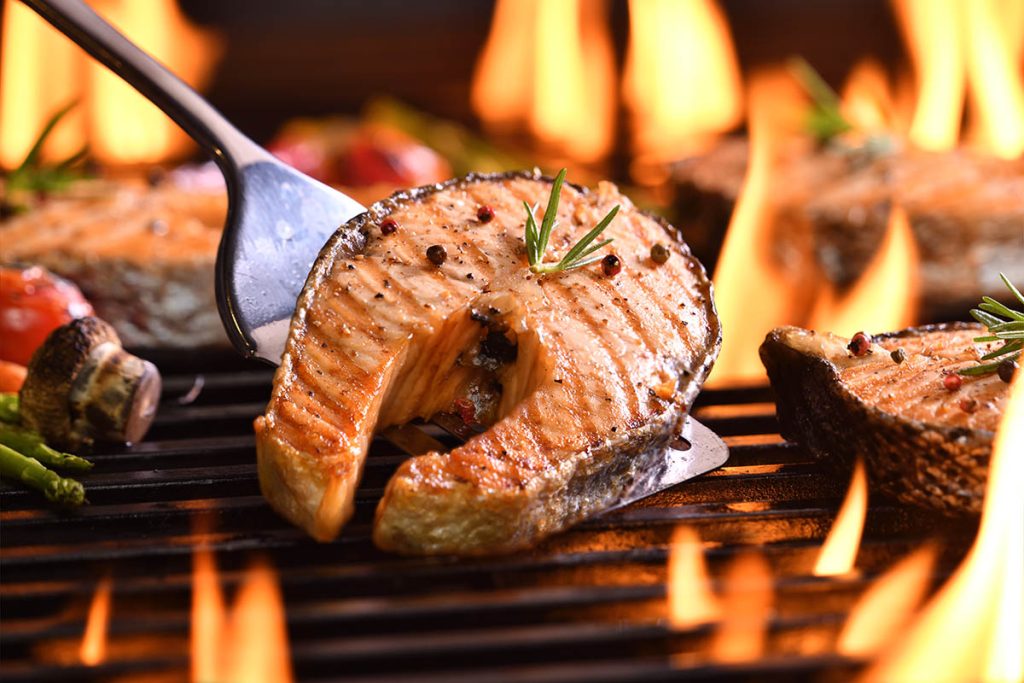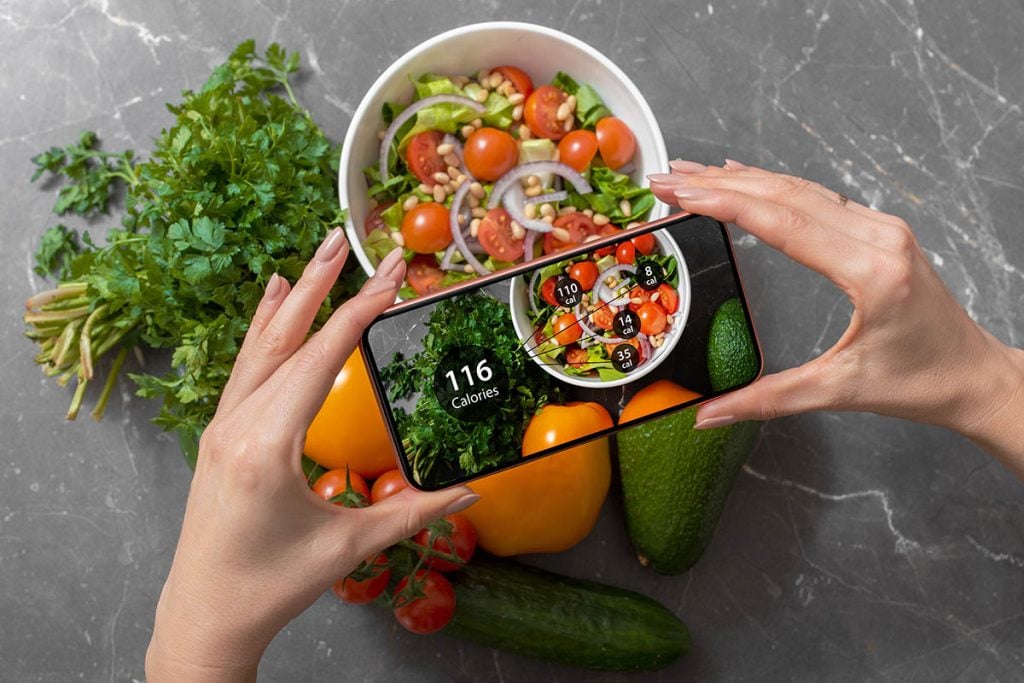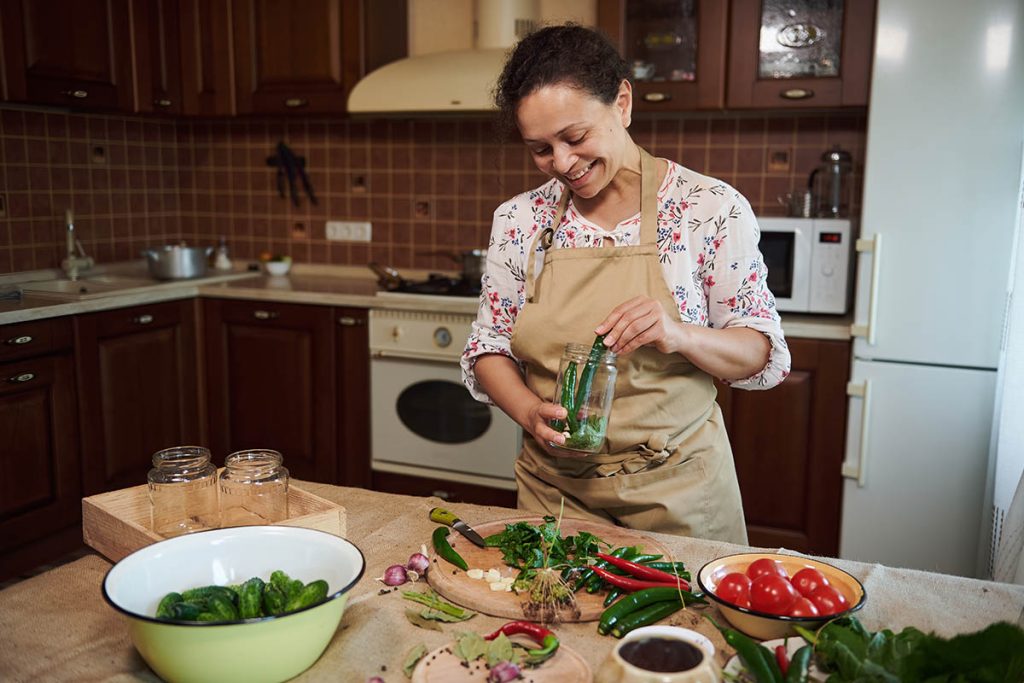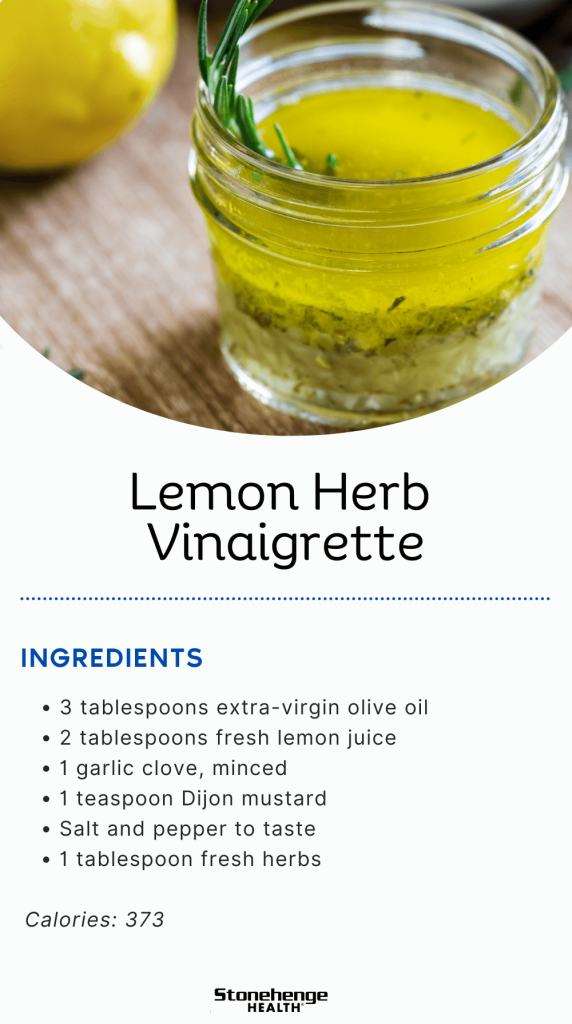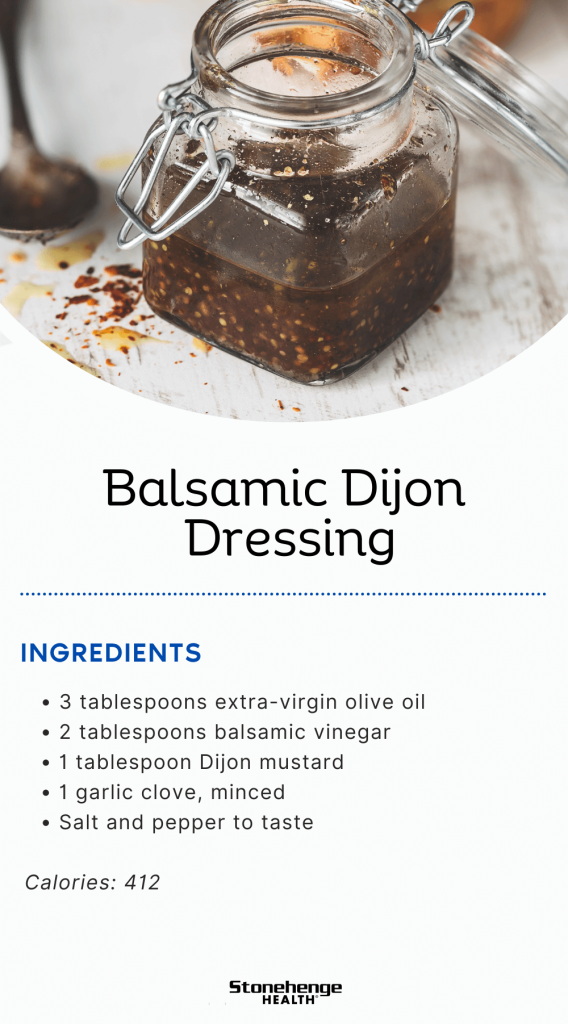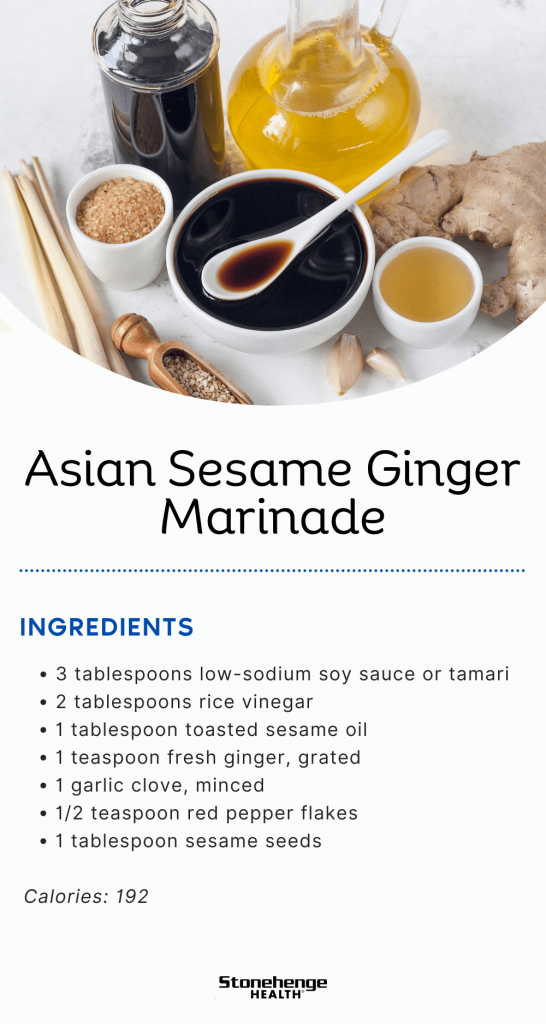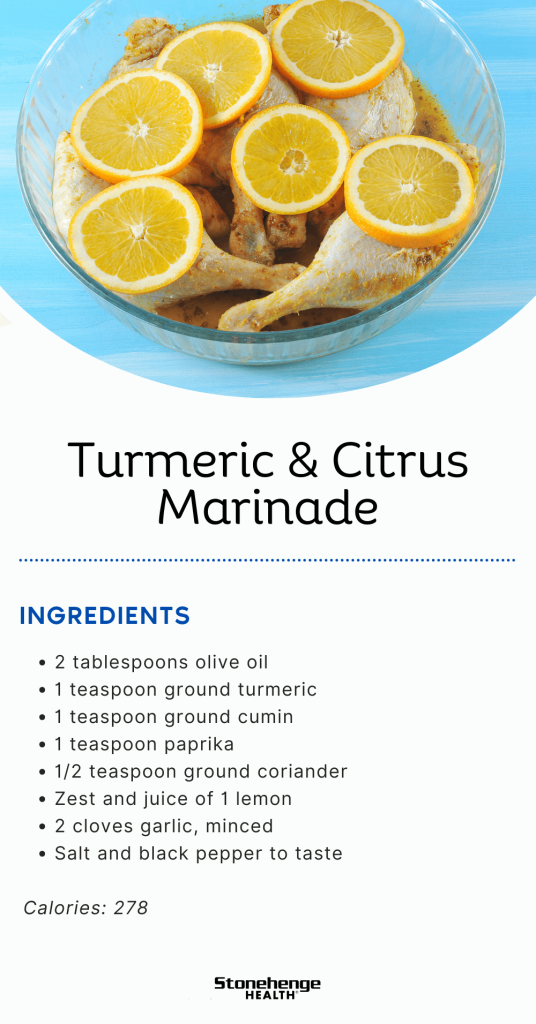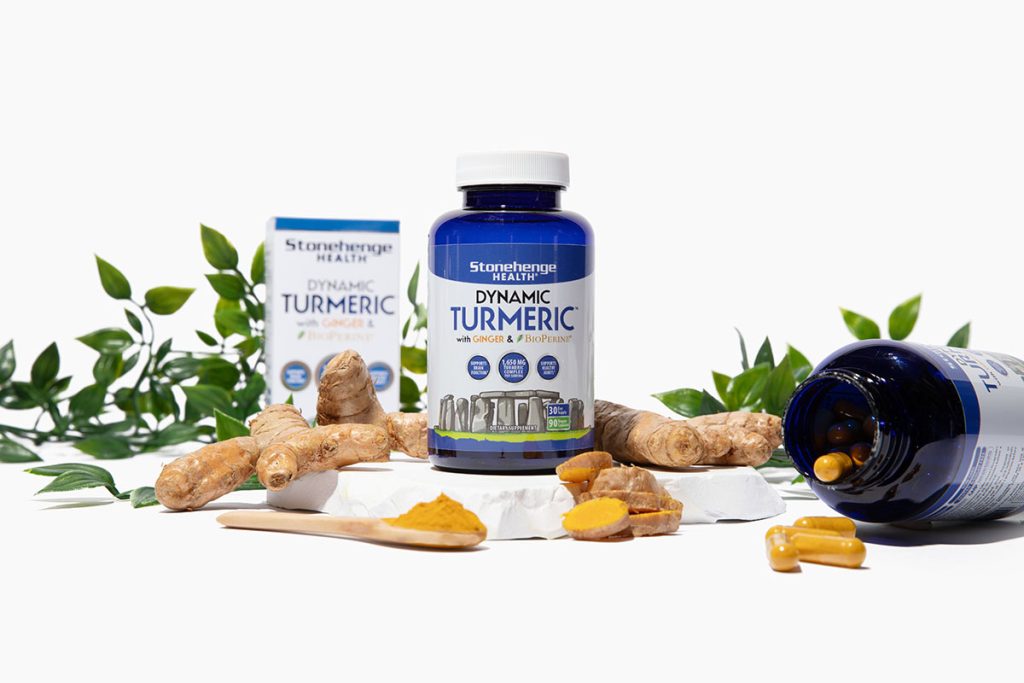
This is a frequently asked question here at Stonehenge Health; we probably receive an email like this at least once a week:
“Do I need a Vitamin C supplement?”
Let’s answer that question now.
Vitamin C is essential for your body and health, and supplementation is the best way to ensure your body gets (and absorbs) the proper amount daily.
So that’s the short answer to your question, but I want to give you all the research and science so you can make your own decision. In this article, I’ll unpack the role of Vitamin C for health (beyond immunity), why your diet may not be enough, and how to get the most out of your supplement.
Let’s get started!
The Critical Role of Vitamin C in Your Health

Vitamin C, also known as ascorbic acid, is vital in several key bodily functions. One of its most well-known benefits is boosting the immune system function, helping your body ward off germs more effectively. This powerful antioxidant neutralizes free radicals, which can damage cells and accelerate aging, making it crucial for long-term health.
Beyond immunity, Vitamin C is essential for collagen production, which keeps your skin firm, youthful, and elastic. Collagen is also important for wound healing and maintaining the health of your cartilage, bones, and blood vessels.
Another important function of Vitamin C is enhancing iron absorption from plant-based foods. This is especially important for people on vegetarian or vegan diets who rely on non-heme iron sources, which are less easily absorbed by the body.
Despite its importance, studies show many people may not get enough Vitamin C.1
Therefore, taking a supplement can help ensure your body gets the Vitamin C needed to stay healthy and strong.
Why Your Diet May Not Provide Enough Vitamin C

Many people believe that a well-balanced diet can provide all necessary nutrients, including Vitamin C. While this might be true in theory, modern dietary habits often make it difficult to achieve optimal levels of Vitamin C every day.
Several factors, including the reliance on processed foods and the reduced nutrient content of fresh produce, contribute to this gap.
Processed foods, which have become a staple in many households, often contain little to no Vitamin C. The refining processes used in manufacturing strip away essential nutrients, leaving behind empty calories. Even those who prioritize whole foods can run into challenges, as the Vitamin C content in fresh produce begins to degrade during transport and storage.
Furthermore, lifestyle factors such as stress, smoking, and environmental pollutants increase your body’s need for Vitamin C. People frequently exposed to pollution or with high-stress jobs may even require higher levels of antioxidants, including Vitamin C.
Even if you’re eating a diet rich in fruits and vegetables, getting enough Vitamin C can still be difficult. Food storage, preparation methods, and individual digestive absorption rates can impact how much Vitamin C your body gets from your food. For example, cooking can reduce the Vitamin C content in vegetables, as they are sensitive to heat.
Given these challenges, diet alone may not be enough to maintain optimal Vitamin C levels.
That’s where supplementation becomes crucial in consistently meeting your body’s needs. We like to think of it as an insurance policy to fill in the nutritional Vitamin C gaps.
Benefits of Taking a Vitamin C Supplement

By consistently meeting your RDA (recommended dietary allowance) of Vitamin C, you can help your body function optimally, and you’ll be better protected.
A stronger immune system function is one of the most immediate benefits of supplementing with Vitamin C. It enhances the function of immune cells, helping your body respond more effectively to pathogens.
Vitamin C supplements offer an additional benefit for those who struggle with iron deficiency: they help improve the absorption of non-heme iron, which is found in plant-based foods. This is particularly useful for vegetarians, vegans, or individuals who do not consume enough animal-based iron sources.
Supplementation provides a reliable and consistent source of Vitamin C, which can help prevent deficiencies that may not always be noticeable immediately but could impact your health over time.
Liposomes: The Key to Vitamin C Absorption

When it comes to Vitamin C supplements, not all forms are created equal…
One of the major issues with traditional Vitamin C supplements is that the body struggles to absorb large amounts of the nutrient efficiently. This is where liposomal Vitamin C offers a superior solution, ensuring your body gets the full benefit of every capsule.*
The problem with many Vitamin C supplements lies in their water-soluble nature. When taken in large doses, much of the Vitamin C gets flushed out of the body through urine before it can be absorbed and used effectively. This not only limits the amount of Vitamin C available to your cells but also reduces the overall benefit of the supplement.
Liposomal Vitamin C solves this absorption issue by using a specialized delivery system. In this form, Vitamin C is encapsulated in liposomes, which are tiny lipid (fat) molecules that protect it as it passes through your digestive system. These liposomes allow Vitamin C to bypass the stomach’s harsh environment and ensure it is absorbed directly into the bloodstream, delivering more of the nutrient to your cells.
This enhanced absorption makes liposomal Vitamin C far more effective than traditional forms. Because the nutrient is encapsulated in fat, it is absorbed at a much higher rate, ensuring that more Vitamin C reaches your cells where it’s needed most.
In short, here are the benefits of a liposomal delivery system for Vitamin C:
• Protection: The liposomes protect the contents from being broken down too quickly by the body’s natural processes.
• Targeted delivery: These liposomes can be made to find and deliver their contents specifically to certain parts of the body or types of cells.
• Controlled release: Liposomes can release their contents slowly over time or respond to specific conditions in the body.
• Safe and gentle: Since liposomes are made from materials similar to our own cells, they are usually safe and don’t cause much irritation or immune reaction.
When choosing a Vitamin C supplement, it’s essential to look for one that uses a liposomal delivery system. Not only does it offer superior absorption, but it also reduces the likelihood of digestive discomfort, such as bloating or gas, which can sometimes occur with high doses of traditional Vitamin C.*
With liposomal Vitamin C, you can be confident that your body is receiving the full benefit of this essential nutrient, making it the best choice for maintaining optimal health.
The bottom line is that if your supplement uses liposomal technology, your body can absorb and retain higher amounts of Vitamin C.*
In conclusion, I hope that answers the question, “Do you need a Vitamin C supplement?”—It’s a yes if you’re looking to consistently support your overall health, from a robust immune system to glowing skin.
Stonehenge Health’s Dynamic Liposomal Vitamin C stands out as the ultimate solution. Thanks to its advanced liposomal delivery system, you’ll enjoy superior absorption, ensuring that every capsule works harder and delivers the full benefits where your body needs it most.
Don’t settle for less when it comes to your health—choose Dynamic Liposomal Vitamin C and give your body the high-quality, effective support it deserves.

Sources:
1. 1. ncbi.nlm.nih.gov/pmc/articles/PMC7400810/





